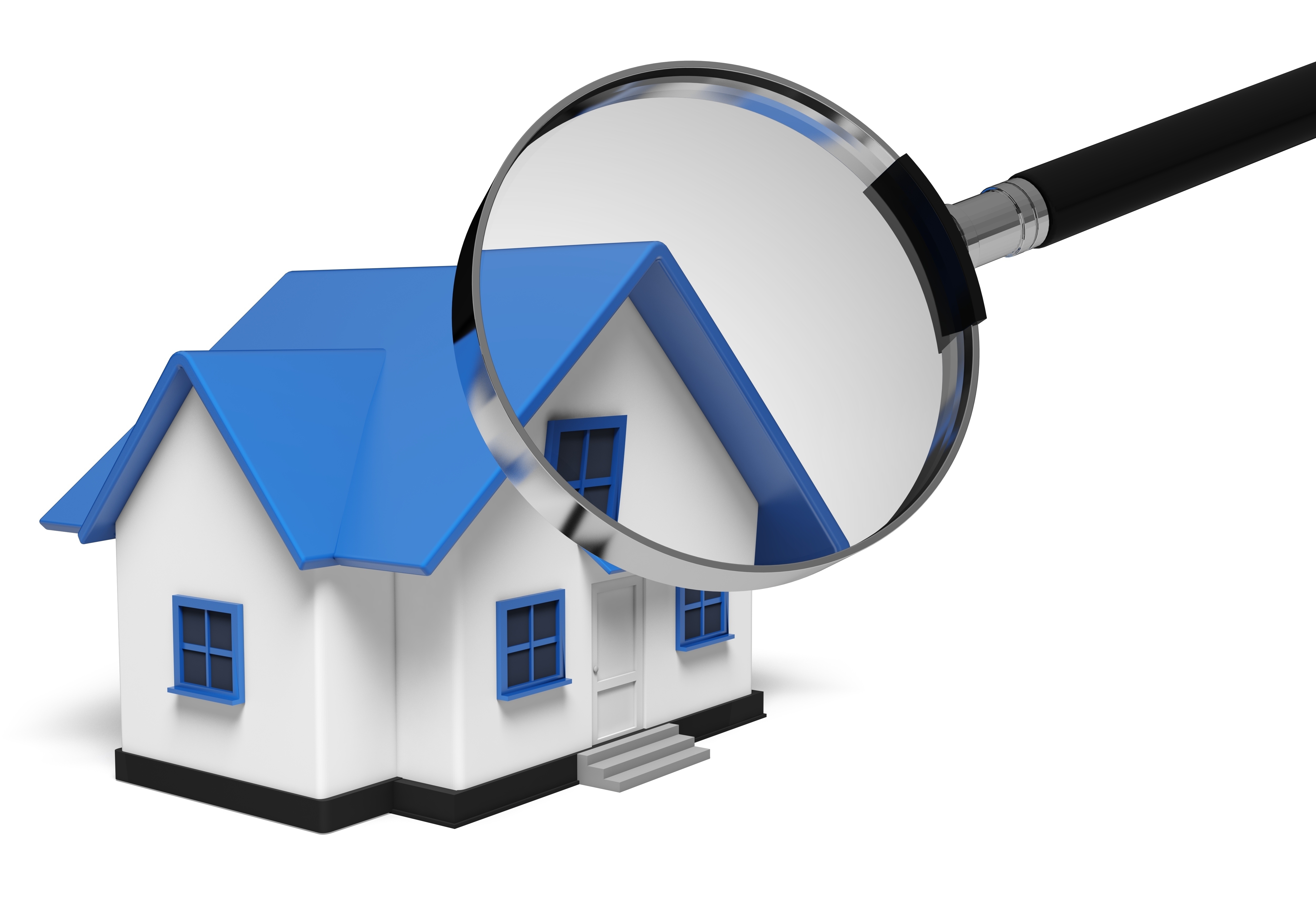
A Description of the Appraisal ProcessA home purchase can be the largest transaction some people may ever make. Whether it's where you raise your family, an additional vacation home or a rental fixer upper, the purchase of real property is a detailed financial transaction that requires multiple parties to make it all happen. Most people are familiar with the parties having a role in the transaction. The most familiar face in the transaction is the real estate agent. Next, the lender provides the money required to finance the exchange. And ensuring all requirements of the exchange are completed and that a clear title passes from the seller to the purchaser is the title company. So, who makes sure the property is worth the purchase price? In comes the appraiser. We provide an unbiased opinion of what a buyer could expect to pay — or a seller receive — for a parcel of real estate, where both buyer and seller are informed parties. A licensed, certified, professional appraiser from Lombardo & Associates will ensure, you as an interested party, are informed. The inspection is where an appraisal beginsOur first task at Lombardo & Associates is to inspect the property to ascertain its true status. We must see aspects of the property hands on, such as the number of bedrooms and bathrooms, the location, amenities, etc., to ensure they indeed exist and are in the condition a reasonable buyer would expect them to be. The inspection often includes a sketch of the property, ensuring the square footage is proper and illustrating the layout of the property. Most importantly, we look for any obvious features - or defects - that would have an impact on the value of the house. Once the site has been inspected, an appraiser uses two or three approaches to determining the value of the property: a sales comparison, a replacement cost calculation, and an income approach when rental properties are prevalent. 
Cost ApproachThis is where we use information on local construction costs, labor rates and other factors to derive how much it would cost to construct a property nearly identical to the one being appraised. This value commonly sets the upper limit on what a property would sell for. It's also the least used method. 
Analyzing Comparable SalesAppraisers are intimately familiar with the neighborhoods in which they appraise. They thoroughly understand the value of specific features to the homeowners of that area. Then, the appraiser looks up recent transactions in close proximity to the subject and finds properties which are 'comparable' to the home in question. Using knowledge of the value of certain items such as square footage, additional bathrooms, hardwood floors, fireplaces or view lots (just to name a few), we adjust the comparable properties so that they are more accurately in line with the features of subject property.
An opinion of what the subject might sell for can only be determined once all differences between the comps and the subject have been evaluated. When it comes to associating a value with features of homes in Reynoldsburg and Franklin, Lombardo & Associates can't be beat. This approach to value is commonly awarded the most consideration when an appraisal is for a real estate purchase. Valuation Using the Income ApproachIn the case of income producing properties - rental houses for example - we may use an additional approach to value. In this scenario, the amount of income the real estate generates is taken into consideration along with other rents in the area for comparable properties to give an indicator of the current value. Putting It All TogetherAnalyzing the data from all applicable approaches, the appraiser is then ready to stipulate an estimated market value for the property in question. Note: While the appraised value is probably the most reliable indication of what a property is worth, it may not be the final sales price. Depending on the individual situations of the buyer or seller, their level of urgency or a buyer's desire for that exact property, the closing price of a home can always be driven up or down.But the appraised value is often used as a guideline for lenders who don't want to loan a buyer more money than the property is actually worth. It all comes down to this, an appraiser from Lombardo & Associates will help you get the most accurate property value, so you can make wise real estate decisions. |